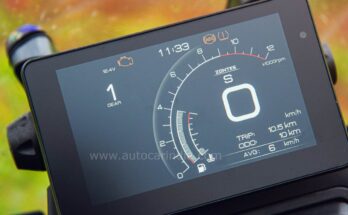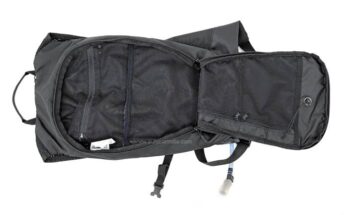At the time of our road test, the Honda CB300F was being offered with a Rs 50,000 discount nationwide. This was supposed to be till the end of 2022 but as of January 3, 2023 this discount is still on offer. This is quite unprecedented; a new Honda product doesn’t get such a big discount within a few months of its launch. But this doesn’t come as a surprise, because the launch price of Rs 2.26 lakh-2.29 lakh was simply too much for what this bike had to offer. After all, while it might be a 300, its specifications are much akin to the simpler 250s on sale today. Now, at Rs 1.79 lakh, can the CB300F make a genuine case for itself?
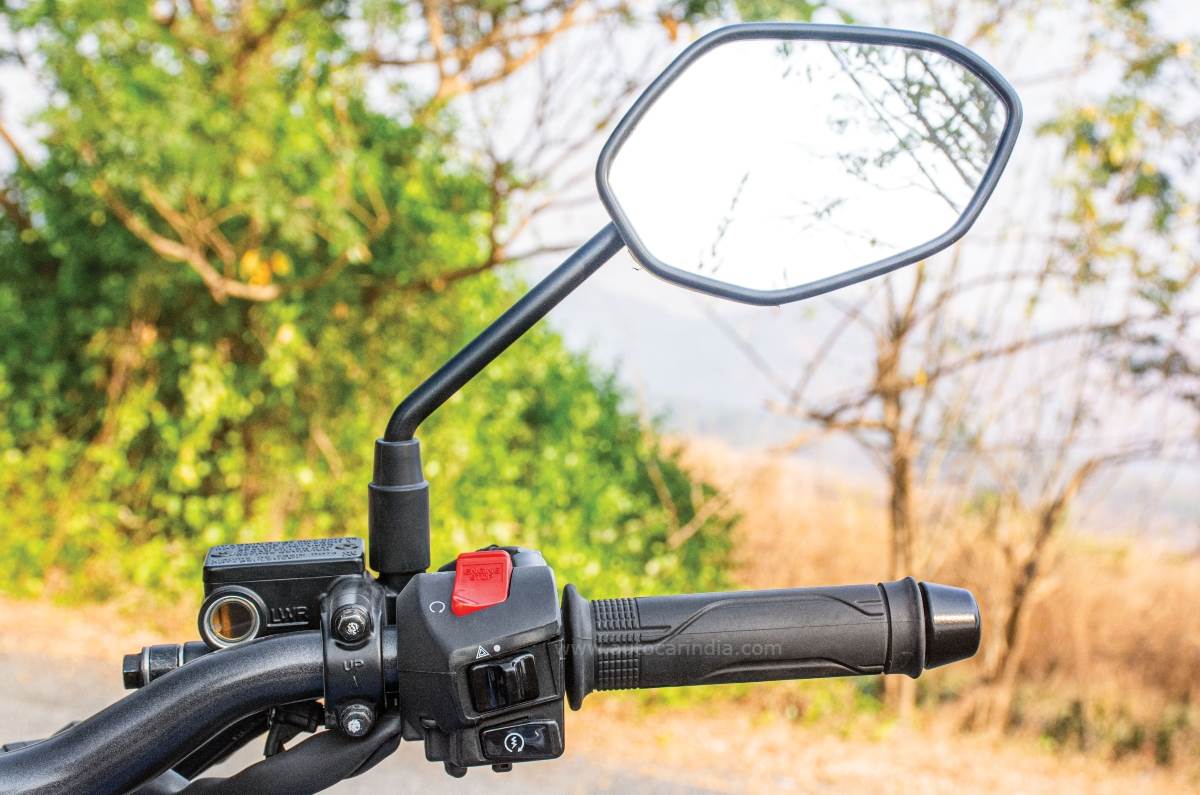
Mirrors and non-adjustable levers lifted straight off Unicorn and Shine.
DESIGN AND FEATURES
As with most sporty naked bikes today, the Honda CB300F has a front-heavy look, with angular tank extensions, although it doesn’t have a steeply raked rear end, which should bode well for carrying a pillion. Our test bike came finished in this handsome, deep blue colour and the flakes visible in the paint are a really neat touch. The richly painted, 14.1-litre tank and the tactile switchgear further reinforce its premium positioning. While quality levels are respectable nearly all over, the mirrors and non-adjustable levers are lifted straight off Honda commuter bikes (like the Unicorn and Shine) and stick out like a sore thumb on this otherwise well-finished product. Another bone I have to pick with Honda is the inversion of the indicator and horn buttons to the standard layout. It’s counterintuitive and how!

Tactile switches, but reversed horn and indicator switches are confusing.
The CB300F is the only bike in the class to feature a traction control system, and while not necessary on a bike with this little power, it is a nice safety feature to have in low-grip situations. The negative LCD isn’t the largest unit around but packs in a fair bit of information and is legible no matter the time of day. A handy USB Type-C charger is placed close to the handlebar and there’s even Bluetooth connectivity on offer, although it only works if you have a communication device on your helmet. The LED headlight provides decent illumination, both at high and low beams, but isn’t anything to write home about. The tail-lamp is a bit ordinary-looking and something snappier would have helped the CB300F’s case. While there’s no denying it is a handsome, well-built machine, it resembles the smaller Hornet 2.0 a bit too much for its own good.
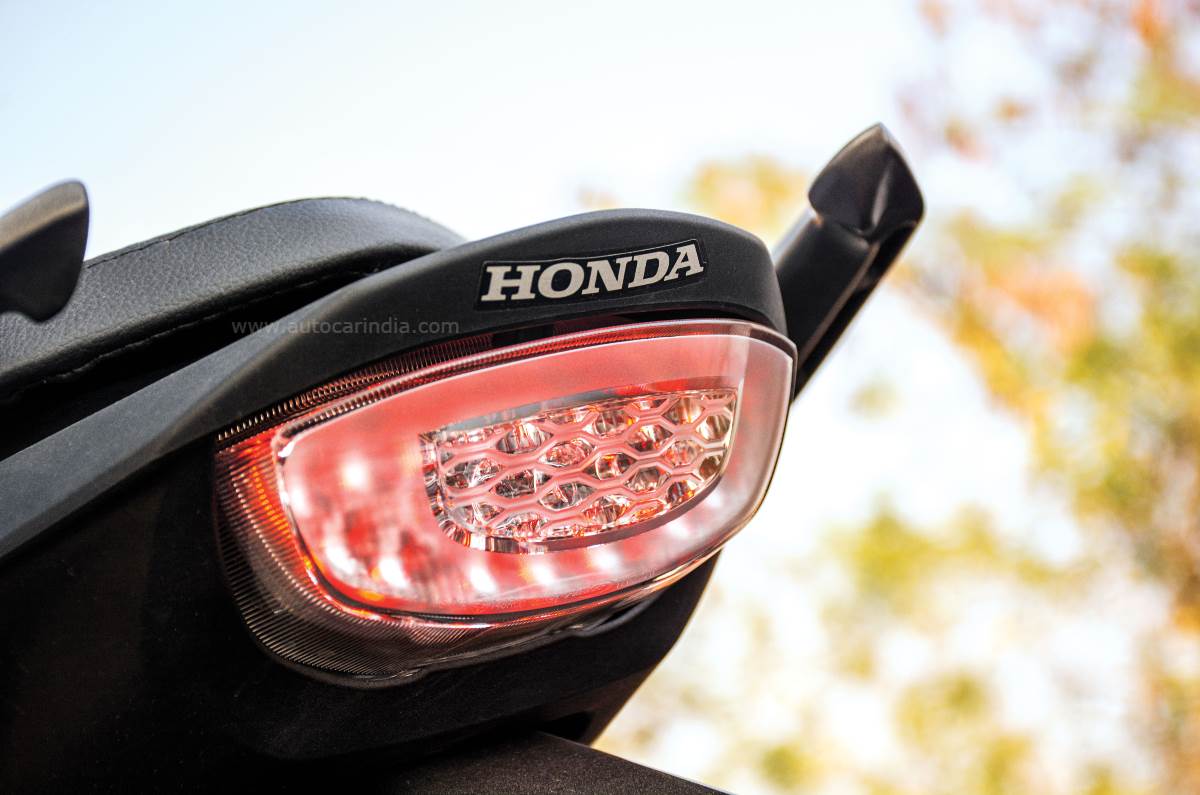
The CB300F’s LED tail-lamp looks plain and doesn’t help it stand out.
RIDE AND HANDLING
Riding the CB300F around in the city is quite a peaceful affair, partly thanks to its very amenable 789mm seat height, but mostly down to its light and nimble-feeling nature with its 153kg kerb weight. Pair these figures with the feather-light clutch and a superb turning radius and what you’ve got is one of the most city-friendly 250-300cc bikes available today. The cherry on top is the natural-feeling rider triangle, with a slight forward reach to the bars and mildly rear-set footpegs, making long hours in the comfortable saddle a breeze. Honda sets the rear shock preload at the softest setting, which tends to send a jolt up your back over large bumps. Raising the preload will help, but the overall nature of this suspension is competent – neither very sporty nor supremely comfortable.
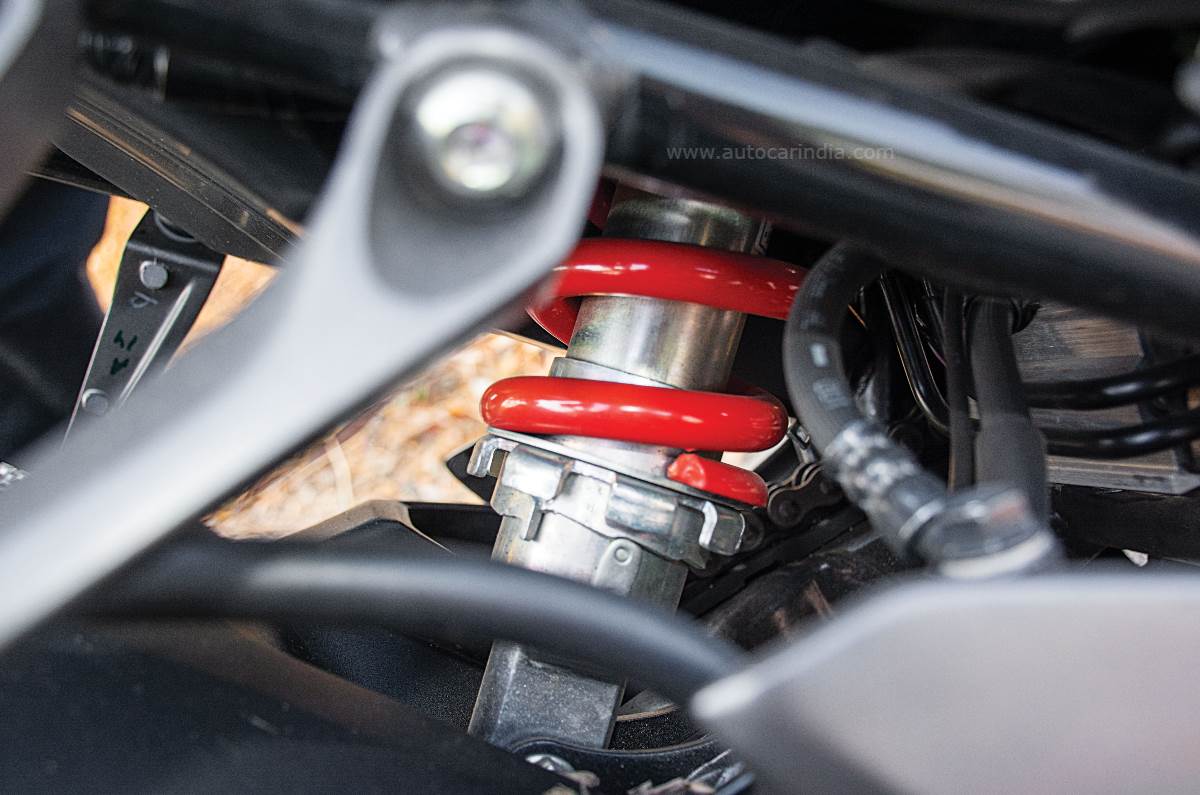
Suspension set-up is neither very plush nor highly sporty.
PERFORMANCE AND FUEL ECONOMY
While rivals like the Dominar 250 sport more modern componentry, with liquid-cooling and a DOHC construction, the CB300F features rather old-school air- and oil-cooling and a SOHC construction. The result is a modest set of peak output figures of 24.1hp and 26.5Nm, making it less powerful than the likes of the Pulsar 250 and Gixxer 250, but with a stronger torque output. Honda has clearly prioritised mid-range power over all-out performance with this motor. Despite the modest output figures, performance isn’t anything to scoff at, with the CB300F posting a 0-100kph time of 7.94sec (quicker than both, the Gixxer 250 and the FZS 25), and, in our time with it, we managed a speedo-indicated top speed of 138kph. For a 300cc motorcycle, the CB300F returned a respectable 35.3kpl (overall).
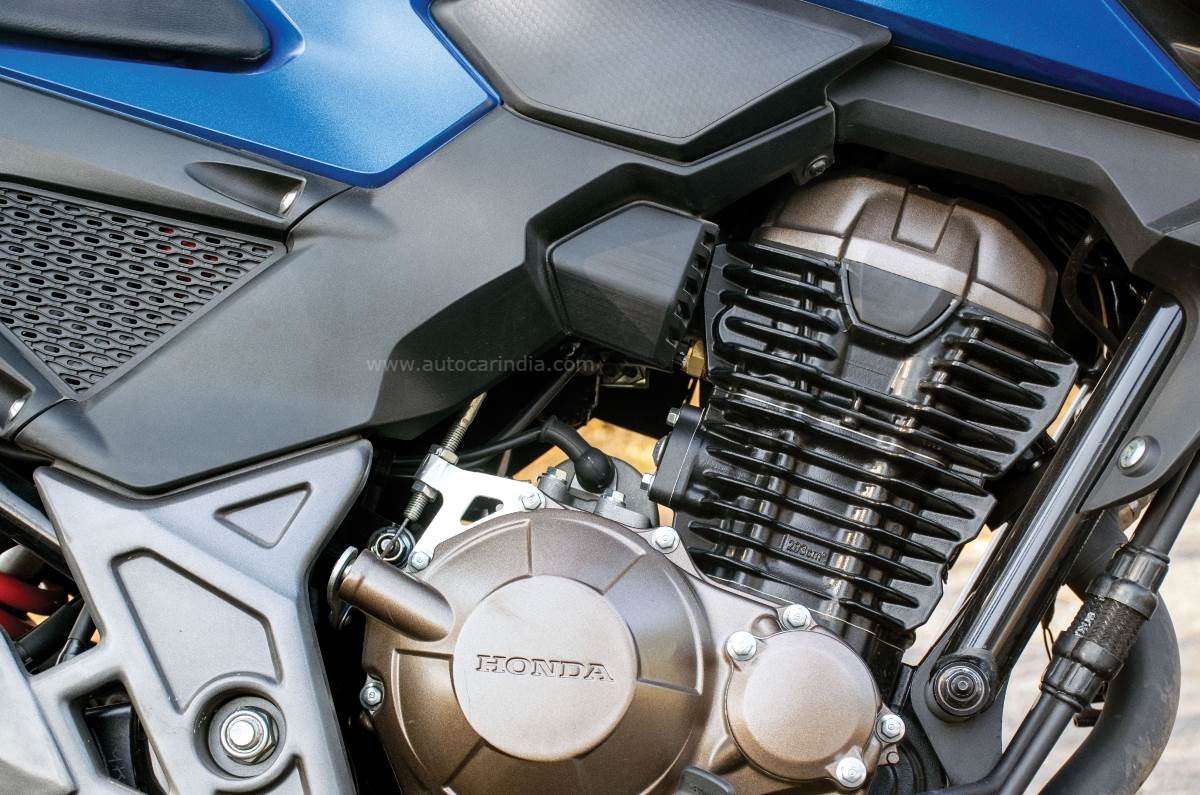
The 293cc engine makes it a quick thing but lacks refinement.
Refinement has been a Honda hallmark since before my parents were born, and while the CB300F isn’t outright unrefined, it’s just not up to the standard set by the Minato-based marque itself. Once you hit 6,000rpm, the engine, surprisingly, produces more buzz and vibration than its 250cc rivals from the likes of Yamaha, Suzuki and Bajaj. The engine’s sweet spot is around 85/90kph in top gear. However, even a small increase in speed from here on results in a disproportionately large increase in vibrations around the seat and the handlebar, but not the rubber-mounted footpegs.
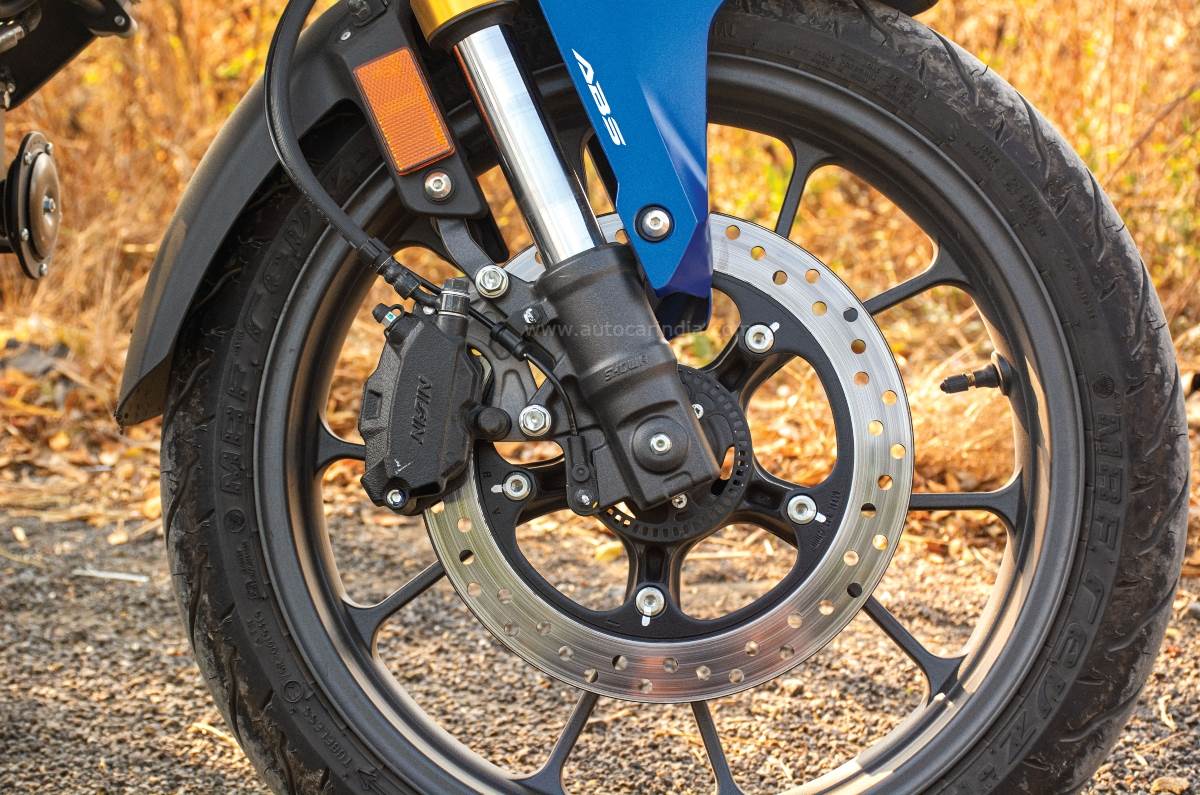
Front brake has decent power but doesn’t provide enough feedback.
The 6-speed gearbox is precise, with a very light clutch feel that makes riding in the city a breeze. The MRF REVZ tyres perform adequately and are a good match for this bike’s capabilities. Braking performance (provided at both ends by Nissin) is a love/hate affair, with the front brake lacking feel but the reassuringly strong rear brake does, partly, make up for it. Dual-channel ABS is standard and isn’t switchable.
VERDICT
The CB300F is a quick, well-built, feature-packed offering from Honda that is now also priced competitively. There isn’t any standout feature on the CB300F, but it comes together as a stylish, lightweight and do-it-all motorcycle that’s more than the sum of its parts. Add to that the fact that Honda spares and service are famously light on the wallet and the little CB makes a compelling case for itself.

Rider and pillion seats are well-padded, generous and supportive.
As a city-oriented motorcycle, the Honda CB300F does many things right, but its lack of refinement is the biggest drawback, especially when rivals like Bajaj are now offering smoother engines in this space. Nevertheless, for those who value the Honda badge and don’t have much interest in long-distance travel, the CB300F makes for a good motorcycle – but only at a discounted price, as it simply cannot justify its original price tag.
Source link

